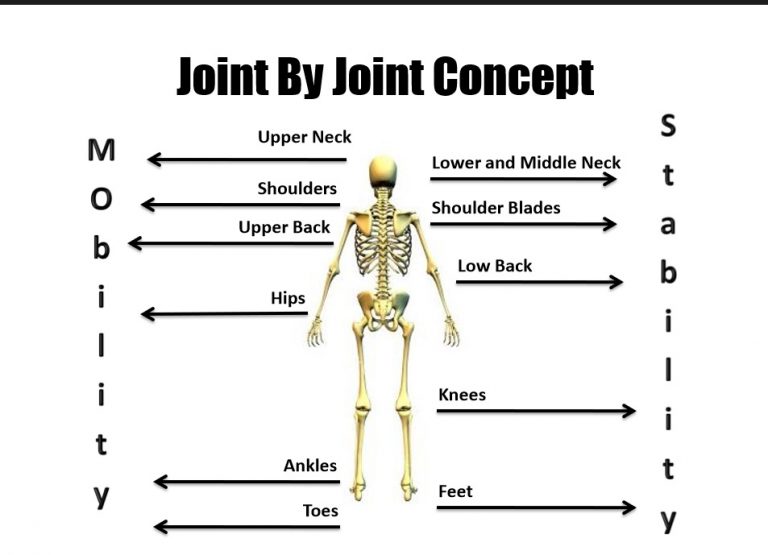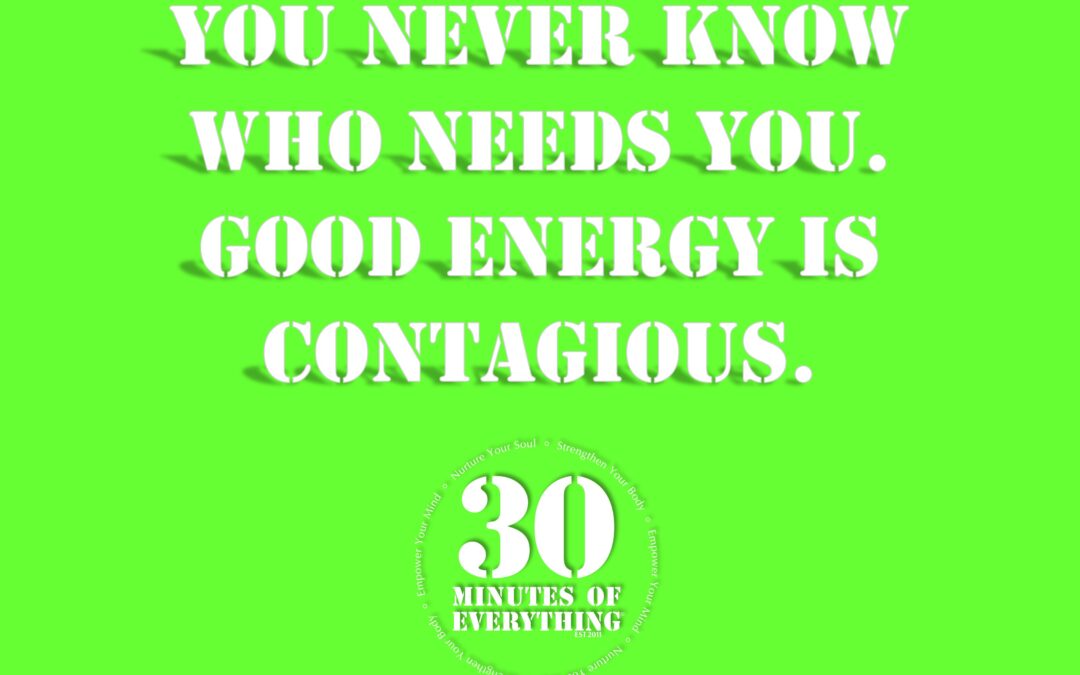After a few weeks of training with me, you’ll hear me in your sleep saying “drive your feet into the ground”, in addition to “shoulders down”. No one ever thinks about their feet, let alone actively pushing them down into the ground. So why then do I say it so often? Your feet are often your first point of contact with the ground. Unless you walk around on your hands, your feet push against the floor. Actively engaging your feet is a trickle up effect for the rest of your body. Let me explain.
All movement begins with whatever is in contact with the ground. The most basic functional movement is walking. Every time you walk, you step forward with one leg and press the foot into the ground to propel you forward. You also swing your opposite arm (cross-body pattern). Without this ground engagement and foot action, you’d stand still. Your foot is responsible for stability in your movement, but your ankle is made for mobility. Joints alternate between mobility and stability as you move up from your toes. This is called the Joint-by-Joint Concept.
The Joint-by-Joint Concept explains the action or inaction of your joints as you move. You can see in the picture below that the toes are the first mobile joint. Ever try to walk and not bend your toes? It’s impossible to properly walk without bending your toes.
With every step you take and every joint that moves, their function is different. The joints alternate between stable and mobile so that you can move properly. Let’s move on to a squat as an example. If your ankle is not mobile, it means that it has decreased range of motion – it can’t bend as much. If the ankle can’t bend much, your knees try to compensate by turning inward then your hips try to “help” you get lower, but you end up tweaking your back and your knees! This is the trickle up effect. All movement starts from the ground up. If something is “off” at the joint below, the movement will be off. This is part of the reason why you do a warm up to loosen the joints and warm up the muscles before you require them to work hard.

Looking at the image above, let’s move up to your shoulders. Your shoulder blades are stable (they stay in place), while your shoulder joint is mobile (it moves). When we say “shoulders down” this is typically because your shoulder blades are lifting up. They are supposed to remain stable and support your rib cage and shoulder joint while they move. Lifting the shoulder blades means other muscles are now working that aren’t meant to. The body is an incredibly organized system that is created to do a million things a day. It will do what it needs to do to “get the job done”. This is why we’re so picky about form. If your form is lined up, your body can work way more efficiently. If you’re not lined up, the movement will still get done, but by creating tension and problems somewhere else in the body.
Focus on your feet during your workout. Actively push your feet into the ground. When you stand up, think about this; you push your feet down into the ground so your body can move up in the opposite direction. Action and reaction, Newton’s 3rd law of motion! Remember that each joint has a function – respect it’s natural function and your body will do what you are asking it to do without any pain.

